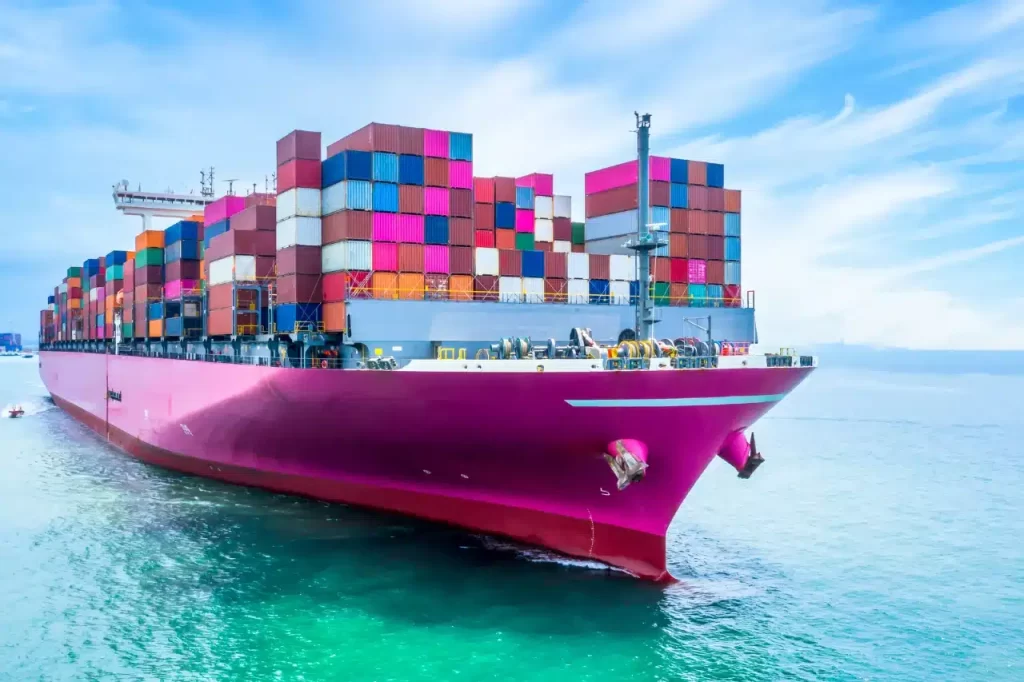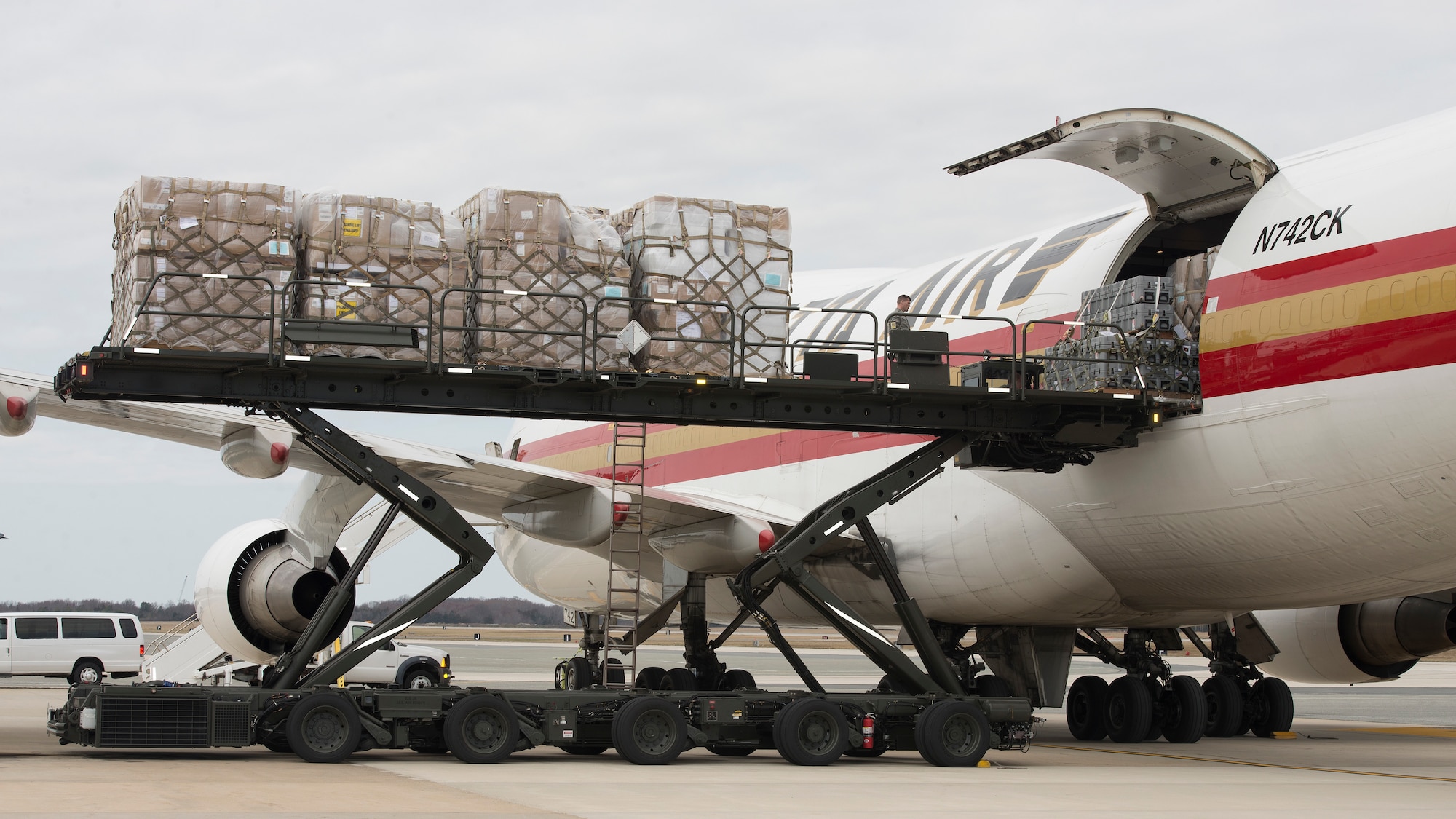- By Della tj
- September 10, 2025
- Sea Freight, Shipping
Many importers frequently ask about China to Sri Lanka sea freight, as maritime trade between the two nations grows year after year. Although sea freight is slower than air cargo, it remains the most economical option for large-volume shipments. This article explains the costs, transit times, customs documentation, and practical case studies to help businesses reduce shipping expenses while ensuring timely deliveries.
What Are the Main Shipping Methods from China to Sri Lanka?
When planning freight between China and Sri Lanka, three primary methods are available:

Express couriers like DHL, FedEx, and UPS provide door-to-door services. While convenient, these are practical only for smaller shipments.
How Much Does China to Sri Lanka Sea Freight Cost?
Sea freight costs depend on container size, route, and shipping line. Here’s an estimate:
| Container Size | Cost (USD) | Transit Time | Best For |
|---|---|---|---|
| 20ft Container | $1,200 – $1,800 | 12–18 days | Small to mid-size bulk shipments |
| 40ft Container | $2,000 – $2,900 | 12–18 days | Larger bulk goods, retail imports |
| 40ft HC | $2,200 – $3,200 | 12–18 days | Oversized cargo, high-volume goods |
Example: Shipping a 20ft container of electronics from Shanghai to Colombo costs approximately $1,500 with a transit time of 15 days.
What Factors Influence Sea Freight Costs from China to Sri Lanka?
Several factors affect freight costs:
- Container Size & Cargo Weight: Larger containers and heavier shipments increase costs.
- Port of Origin & Destination: Common Chinese ports include Shanghai, Shenzhen, and Guangzhou; Colombo is Sri Lanka’s main entry point.
- Shipping Season: Prices often rise before Chinese New Year and peak holiday seasons.
- Fuel Surcharges & Carrier Rates: Fluctuating fuel costs can influence overall pricing.
- Customs Fees & Documentation: Delays or missing paperwork may result in extra charges.
How Long Does Sea Freight Take from China to Sri Lanka?
Transit times vary depending on the port of departure:
| Origin Port in China | Destination Port in Sri Lanka | Transit Time (Days) |
|---|---|---|
| Shanghai | Colombo | 14–16 days |
| Shenzhen | Colombo | 12–15 days |
| Guangzhou | Colombo | 13–17 days |
| Ningbo | Colombo | 14–18 days |
Average transit time: 12–18 days for most shipments.
What Customs Documents Are Required for China to Sri Lanka Shipping?
To clear customs, both China and Sri Lanka require the following documents:
- Commercial Invoice – Declares product details and values.
- Packing List – Lists weights, volumes, and cargo details.
- Bill of Lading (B/L) – Confirms the shipping agreement.
- Certificate of Origin – Required for tariff classification.
- Import Declaration – Mandatory for Sri Lankan customs clearance.
Air Freight vs Sea Freight: Which Is Better for China–Sri Lanka Trade?
| Criteria | Air Freight | Sea Freight |
|---|---|---|
| Cost | $6–$12 per kg | $1,200–$3,200 per container |
| Transit Time | 3–5 days | 12–18 days |
| Best For | Urgent, high-value shipments | Bulk, non-urgent shipments |
| Capacity | Limited cargo space | Large-volume cargo |
Verdict: For bulk cargo, sea freight is significantly more cost-efficient.
How Can You Save on China to Sri Lanka Sea Freight Costs?
To reduce shipping expenses, consider the following strategies:
- Consolidate Cargo: Combine smaller shipments into one container.
- Plan Ahead: Book shipments early to avoid peak-season surcharges.
- Choose FCL over LCL: Full containers often provide better per-unit costs.
- Work with Freight Forwarders: They negotiate better rates and simplify customs processes.
- Avoid Peak Season: Schedule shipments during off-peak months when rates are lower.

Real Case Studies of China to Sri Lanka Sea Freight
Case 1: Shenzhen → Colombo (20ft FCL)
- Cargo: 12 tons of garments
- Mode: Sea Freight (20ft container)
- Cost: $1,400
- Transit Time: 13 days
- Outcome: Saved 45% compared to air freight; delivery matched retail cycle deadlines.
Case 2: Shanghai → Colombo (40ft FCL)
- Cargo: 24 tons of machinery parts
- Mode: Sea Freight (40ft container)
- Cost: $2,700
- Transit Time: 15 days
- Outcome: Reduced logistics cost by consolidating supplier orders into one container.
Should You Use a Freight Forwarder for China to Sri Lanka Sea Freight?
Yes, freight forwarders are highly recommended because:
- They negotiate better container rates.
- They handle customs clearance efficiently.
- They consolidate multiple shipments.
- They provide tracking and route optimization.
Working with an experienced freight forwarder saves time and ensures compliance with regulations.
Conclusion
To summarize, China to Sri Lanka sea freight remains the most affordable and practical choice for bulk shipments. Although transit times are longer than air freight, sea transport offers cost efficiency, flexible container options, and scalability for growing trade. By planning shipments carefully, preparing documents, and using freight forwarders, businesses can save money and avoid delays. For businesses importing regularly, sea freight is the foundation of a reliable supply chain.
- Consult TJ China Freight Forwarding for the lowest quote. They will provide you with reliable, cost-effective service.
FAQs
Q1.How much does a 20ft container cost from China to Sri Lanka?
A 20ft container typically costs $1,200–$1,800 depending on the shipping line, season, and port of departure.
Q2.What is the cheapest shipping method from China to Sri Lanka?
Sea freight is the cheapest method, especially for bulk shipments, offering lower costs compared to air freight or express couriers.
Q3.How long does sea freight take from China to Colombo?
On average, sea freight takes 12–18 days depending on the Chinese port of origin and carrier schedules.
Q4.What documents are required for sea freight to Sri Lanka?
You’ll need a commercial invoice, packing list, bill of lading, certificate of origin, and import declaration.
Q5.Can I ship small cargo by sea freight from China to Sri Lanka?
Yes, you can use Less than Container Load (LCL) services, which allow you to share container space at lower costs.



